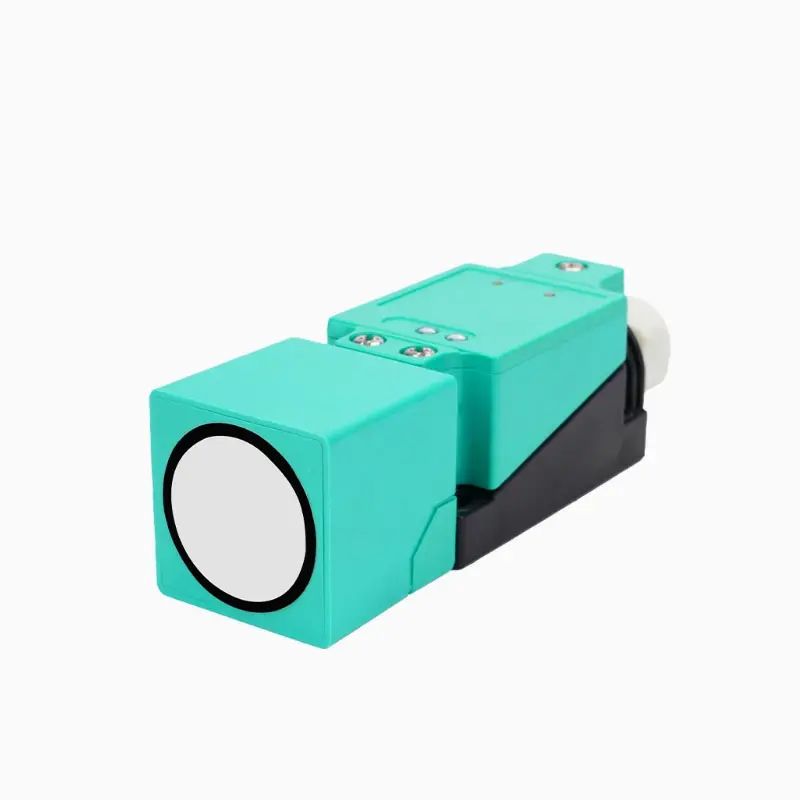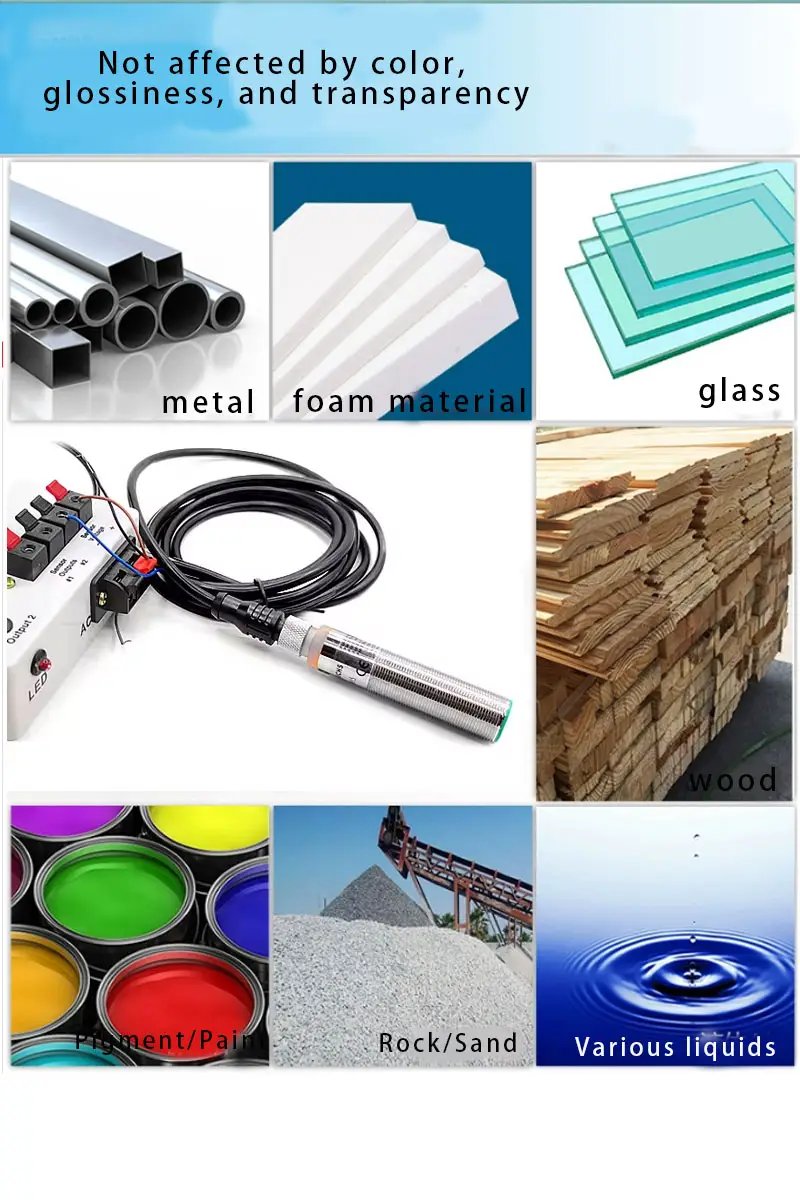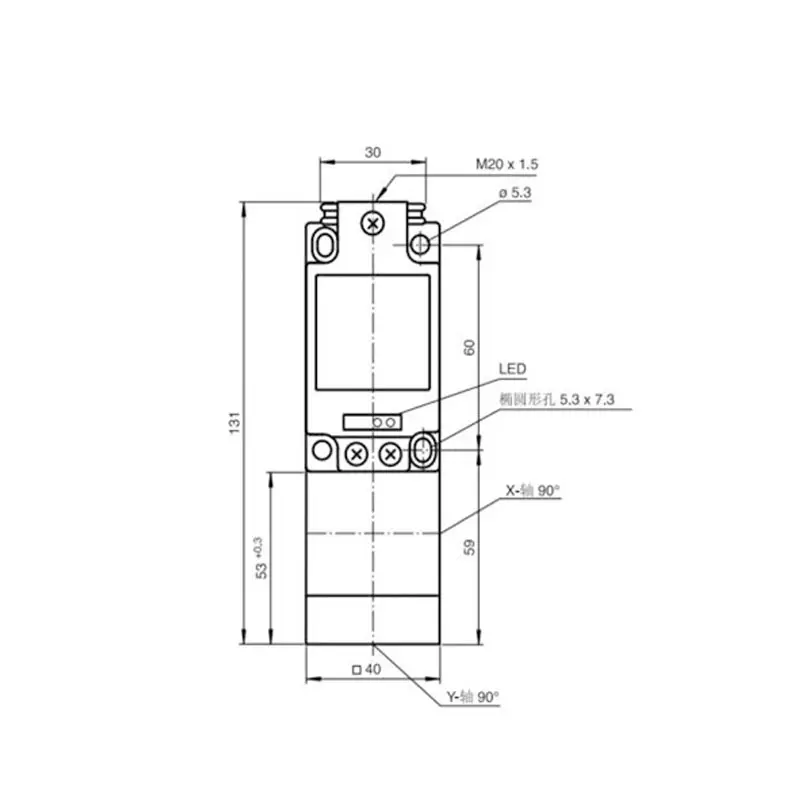Level ultrasonic sensors offer numerous compelling advantages that make them the preferred choice for modern industrial applications. Their non-contact measurement capability eliminates wear and tear associated with mechanical sensors, significantly reducing maintenance requirements and extending operational lifespan. The absence of moving parts contributes to exceptional durability and reliability, ensuring consistent performance even in challenging industrial environments. These sensors demonstrate remarkable versatility in measuring various substances, from clear liquids to opaque materials, without calibration adjustments. The technology's immunity to factors like material color, transparency, or electrical properties ensures consistent accuracy across different applications. Modern ultrasonic sensors feature advanced temperature compensation and powerful signal processing capabilities, delivering precise measurements despite environmental variations. Their easy installation and configuration process reduces setup time and costs, while their compatibility with standard industrial communication protocols enables seamless integration with existing control systems. The sensors' ability to operate in harsh environments, including presence of dust, steam, or varying pressure conditions, makes them particularly valuable in industrial settings. Additionally, their inherent safety features, such as intrinsically safe designs and explosion-proof options, make them suitable for hazardous area applications. The cost-effectiveness of ultrasonic technology, combined with minimal maintenance requirements and long-term reliability, results in an excellent return on investment for facilities implementing these systems.


